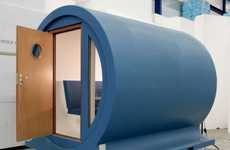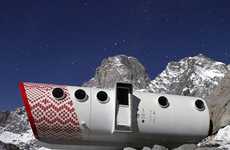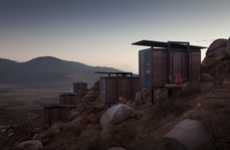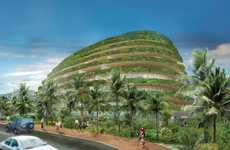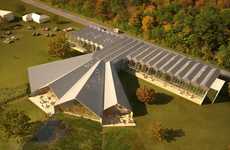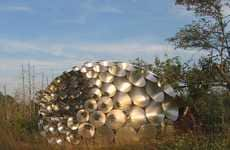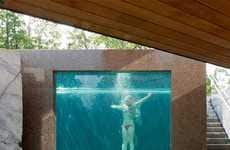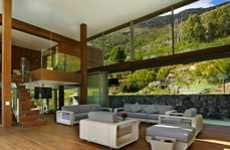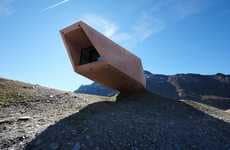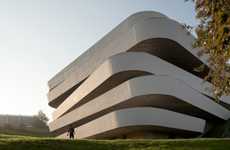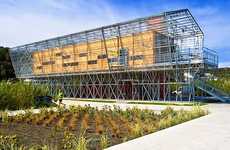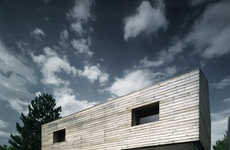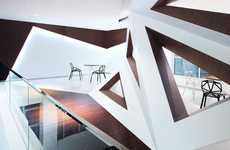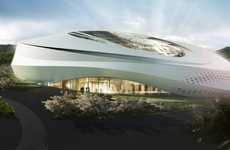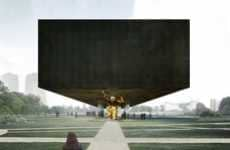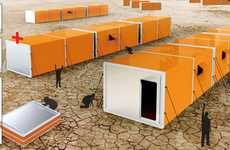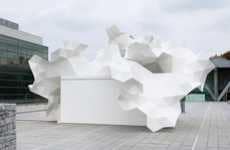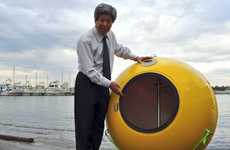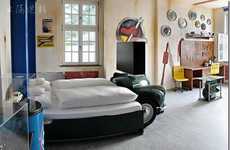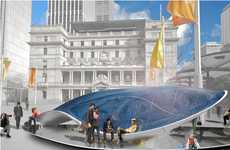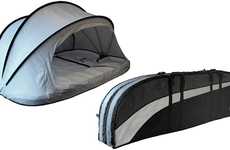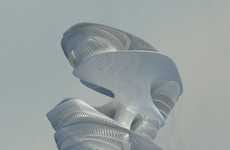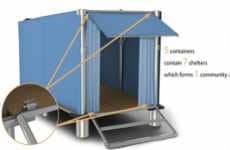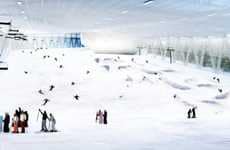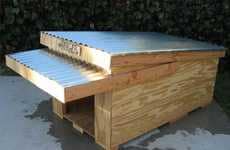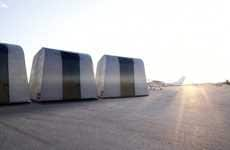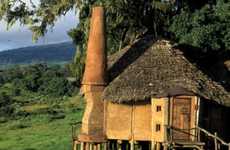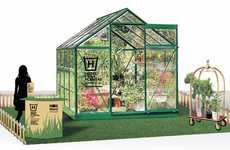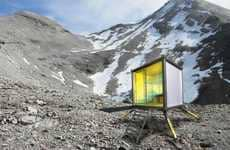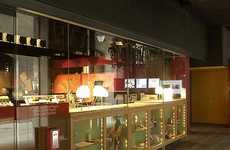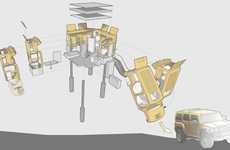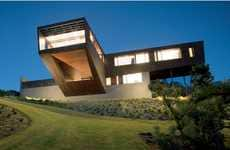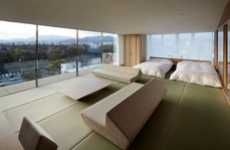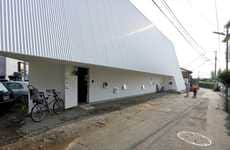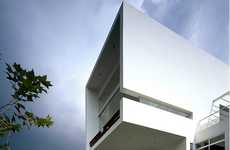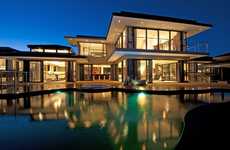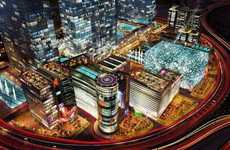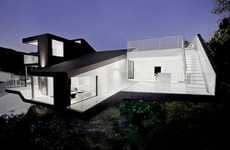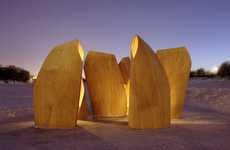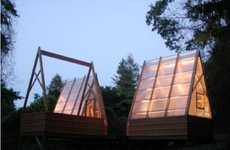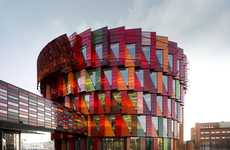
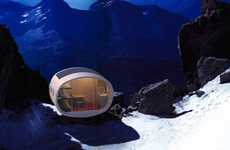
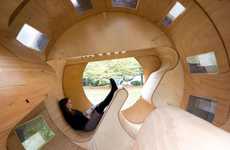
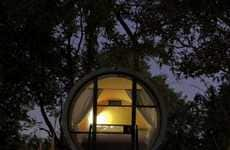
Architects use cylindrical shapes for a curvier aesthetic
Implications - Architects have traditionally used polygonal shapes in building design, creating structures with straight lines and little to no curved surfaces. However, more architects are experimenting with curvilinear shapes -- in particular, cylinders. The tubed shape of a cylinder offers an interesting contrast to the typical cube or rectangular prism, and it may also mean that less material is required (and therefore, less waste) to manipulate into a structure.
Trend Themes
1. Curvilinear Architecture - Architects are experimenting with curvilinear shapes, such as cylinders to offer a contrast to the typical polygonal buildings.
2. Modular Design - Designers are using prefabricated modules to create structures like mountaintop shelters and candy-colored schools that are eco-friendly, cost-effective and innovative.
3. Compact Living - Pop-up homes and cylindrical abodes are being designed to cater to people who want a comfortable living experience while on-the-go in the great outdoors.
Industry Implications
1. Architecture - Architects can explore the concept of curvilinear shapes and modular design to create cost-effective and innovative buildings that are eco-friendly and aesthetically pleasing.
2. Hospitality - Hotels and resorts can use modular design concepts and recycled materials to create eco-friendly and unique sleeping quarters that offer a comfortable and minimalist experience for guests.
3. Disaster Relief - The concept of compact living and pop-up homes can be adapted to provide temporary shelters in disaster areas that are cost-effective, innovative and efficiently designed to cater to the needs of those affected.
7 Featured, 51 Examples:
1,418,381 Total Clicks
Date Range:
Jul 11 — Feb 12
Trending:
Warm
Consumer Insight Topics:

